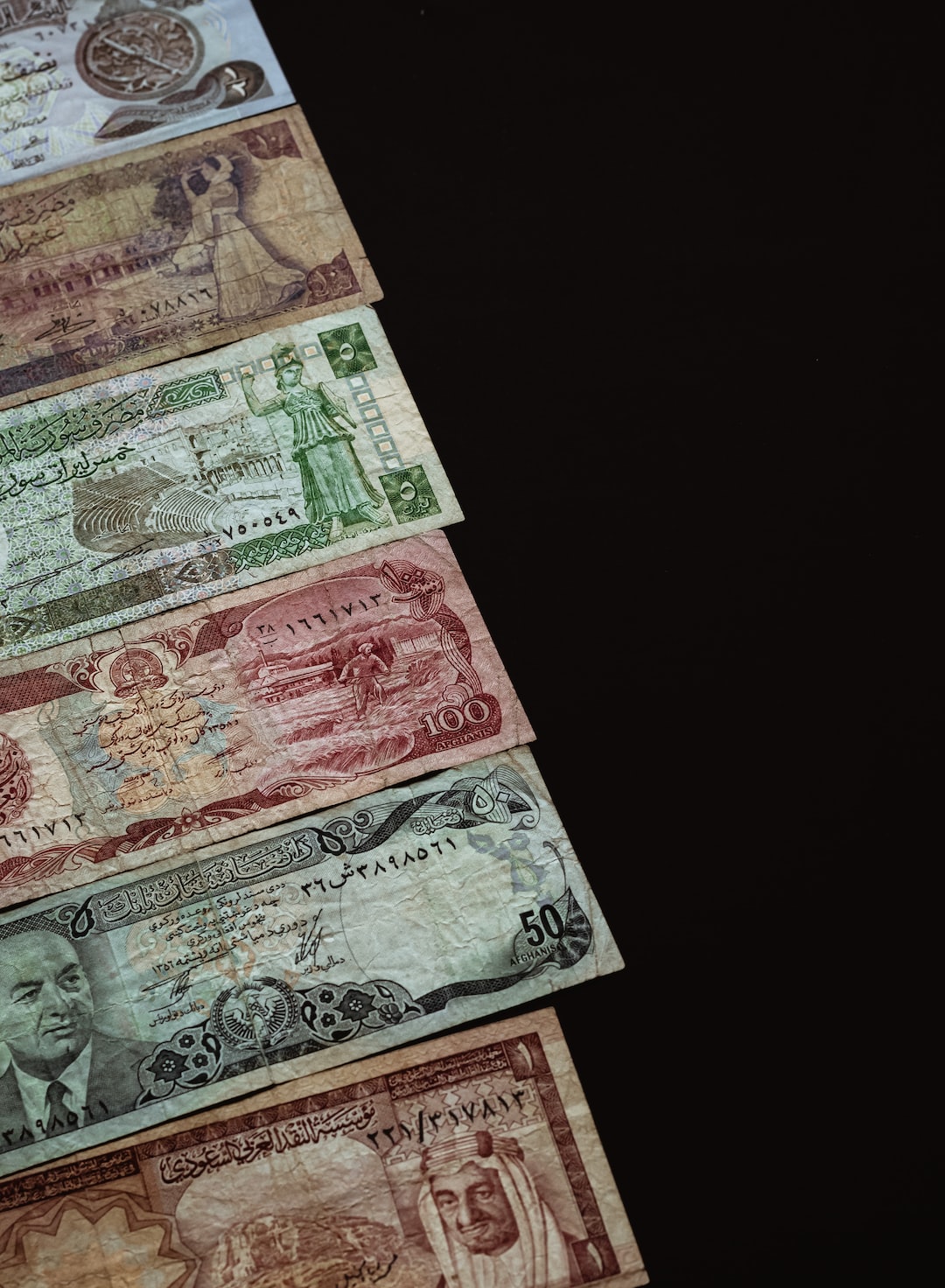Understanding Spread Forex Definition: A Beginner’s Guide
When it comes to trading in the forex market, one of the most important concepts that beginners need to understand is the spread. The spread is a fundamental concept that determines the cost of trading in the forex market and can greatly affect your profitability. In this beginner’s guide, we will explain what the spread is, how it is calculated, and why it is essential to understand it before diving into forex trading.
What is Spread?
In forex trading, spread refers to the difference between the bid price and the ask price of a currency pair. The bid price is the price at which you can sell a currency pair, while the ask price is the price at which you can buy it. The spread is usually measured in pips, which is the smallest unit of price movement in the forex market.
For example, if the bid price for the EUR/USD currency pair is 1.2000 and the ask price is 1.2002, the spread would be 2 pips. This means that if you were to buy the EUR/USD, you would need the price to move 2 pips in your favor just to break even.
How is Spread Calculated?
The spread is determined by the liquidity providers and brokers in the forex market. Liquidity providers are large financial institutions that act as intermediaries for forex brokers, providing them with access to liquidity and prices. The spread can vary between different currency pairs and brokers and can also fluctuate throughout the day based on market conditions.
To calculate the spread, you simply subtract the bid price from the ask price. The resulting number is the spread in pips. For example, if the bid price is 1.2000 and the ask price is 1.2002, the spread would be 2 pips.
Why is Spread Important?
Understanding the spread is crucial for several reasons. Firstly, it directly affects the cost of trading. When you enter a trade, you are immediately at a loss equal to the spread. This means that in order to make a profit, the price needs to move in your favor by at least the amount of the spread.
Secondly, the spread can vary between brokers, so it is essential to choose a broker with competitive spreads. A wider spread can significantly eat into your profits, especially if you are a scalper or a day trader who frequently enters and exits trades. It is recommended to compare spreads between different brokers before making a decision.
Lastly, the spread can also provide insights into market conditions. In times of high volatility or low liquidity, spreads tend to widen as market makers and liquidity providers adjust their prices. By monitoring the spread, traders can gauge the market’s sentiment and adjust their strategies accordingly.
Types of Spread
There are two main types of spreads in forex trading: fixed spreads and variable spreads.
Fixed spreads remain constant regardless of market conditions. This means that the spread remains the same whether the market is quiet or volatile. Fixed spreads are commonly offered by market maker brokers who act as counterparties to your trades.
Variable spreads, on the other hand, fluctuate based on market conditions. During times of high volatility or low liquidity, variable spreads tend to widen. However, during periods of normal market conditions, they can be significantly lower than fixed spreads. Variable spreads are typically offered by ECN (Electronic Communication Network) brokers who provide direct access to the interbank market.
Conclusion
In conclusion, understanding the spread is essential for any beginner looking to venture into forex trading. It determines the cost of trading, affects your profitability, and provides insights into market conditions. By choosing a broker with competitive spreads and monitoring the spread, beginners can make informed trading decisions and increase their chances of success in the forex market.





